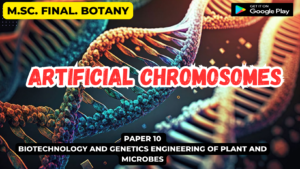![]()
Chloroplast shape size number structure
INTRODUCTION
The chloroplast is most common and essential plastid of all green plant b/c this organelle is the site of photosynthesis and it has the power to convert the radiant energy into energy stored in food material C is directly and indirectly utilized by the living organism.
The chloroplasts was first observed by Leeuwenhoek in algae in the year of 1800.
Morphology –
Chloroplast may vary in different cell with in a species but the shape size and number of the chloroplast within the cell of the same tissue are same.
Shape –The shape of the chloroplast in lower plants is generally variable. The chloroplasts may be filamentous, discoid spheroid, ovoid or club shaped etc.But in most of the algal cells large reticulate, spiral or stellate chloroplasts are present. In higher plants shape of the chloroplasts is generally less variable, they may be biconcave or plano-convex in outlines.
Size-The size of the chloroplasts in a cell generally depends on the number of the chromosomes in that cell and on habitat of the plant. The chloroplasts of polyploid plant cells are larger than in the corresponding diploid cells. In general, plants that are grown in the shade have larger chloroplasts and contain more chlorophyll than those plants grown in the sun light. In higher plants the average size of chloroplasts is 2µ-3µ in thickness and 4µ-10µ in length.
Number The number of chloroplasts varies from cell to cell but for a particular cell it remains constant. Each algal cell contains single chloroplast while in the cells of higher plants 20 to 40 chloroplasts are present in a single cell.



